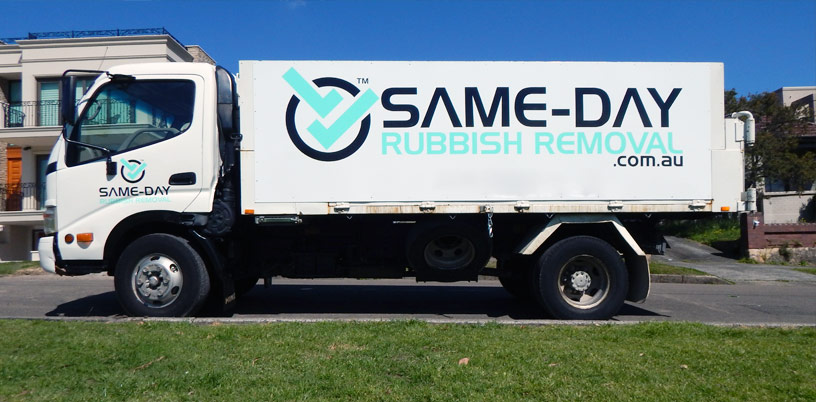Discover The Secrets To Choosing The Appropriate Dumpster Dimension For Your Project, Ensuring Both Performance And Cost Financial Savings In This Extensive Guide
Discover The Secrets To Choosing The Appropriate Dumpster Dimension For Your Project, Ensuring Both Performance And Cost Financial Savings In This Extensive Guide
Blog Article
Written By-Galloway Koch
When starting a project that calls for a dumpster, the size you select can significantly affect its performance and cost-effectiveness. Envision having the best container that suits all your waste without being excessively big or also little. All of it begins with understanding the nuances of your project and picking a dumpster dimension that lines up with your particular needs. So, prior to you make a decision, think about the elements at play to make certain a seamless waste management procedure from start to finish.
Aspects to Think about
When choosing the right dumpster size, there are a number of crucial elements to think about.
First, think of the kind of waste you'll be throwing away. Various products may require differing amounts of space, so understanding what you'll be putting in the dumpster is critical.
Next off, analyze the quantity of waste you anticipate to generate. If you underestimate the quantity, you might need to make several trips to dispose of everything, which can be troublesome and expensive. On the other hand, renting a dumpster that's too big can cause unnecessary expenditures.
Furthermore, think about the area where the dumpster will be positioned. Guarantee there's enough area for the dumpster to be provided and grabbed without any obstructions.
Last but not least, think of any kind of weight constraints that might use. Going beyond the weight limitation can lead to extra charges or even the refusal of service.
Dumpster Size Alternatives
For choosing the best dumpster dimension, it's necessary to have a mutual understanding of the readily available choices. Dumpster dimensions usually range from 10 to 40 cubic backyards, with variations in between.
A 10-yard dumpster is suitable for small tasks like a garage cleanout or a tiny remodelling. If you're taking on a medium-sized job such as a cooking area remodel or a basement cleanout, a 20-yard dumpster may be the best option.
For larger projects like a whole-house restoration or industrial building, a 30 or 40-yard dumpster could be more suitable to fit the volume of waste generated.
When picking a dumpster size, consider the amount and type of debris you expect to take care of. over here 's much better to choose a somewhat larger dimension if you're unsure to prevent overfilling. Bear in mind, it's more cost-efficient to lease a dumpster that fits your needs instead of needing to order an added one.
Matching Size to Task
Optimally matching the dumpster dimension to your project is important for efficient waste administration. To determine the ideal size, consider the extent and nature of your project.
For small family cleanouts or restorations, a 10-yard dumpster may be adequate. These are generally 12 feet long and can hold about 4 pickup truck lots of waste.
For bigger jobs like renovating several spaces or removing a big estate, a 20-yard dumpster could be better. These are around 22 feet long and can hold approximately 8 pickup tons.
If you're taking on a major construction job or industrial remodelling, a 30-yard dumpster could be the most effective fit. related website have to do with 22 feet long and can accommodate regarding 12 pickup truck lots of particles.
Matching the dumpster dimension to your task guarantees you have sufficient room for all waste products without paying too much for unused capacity.
Verdict
To conclude, picking the appropriate dumpster dimension for your job is important for efficient garbage disposal. By considering elements like the kind and amount of waste, area availability, weight constraints, and spending plan restrictions, you can guarantee you have the proper dimension dumpster for your requirements. Make certain to match the size of the dumpster to the scope and nature of your project to stay clear of overspending on unneeded expenditures.
